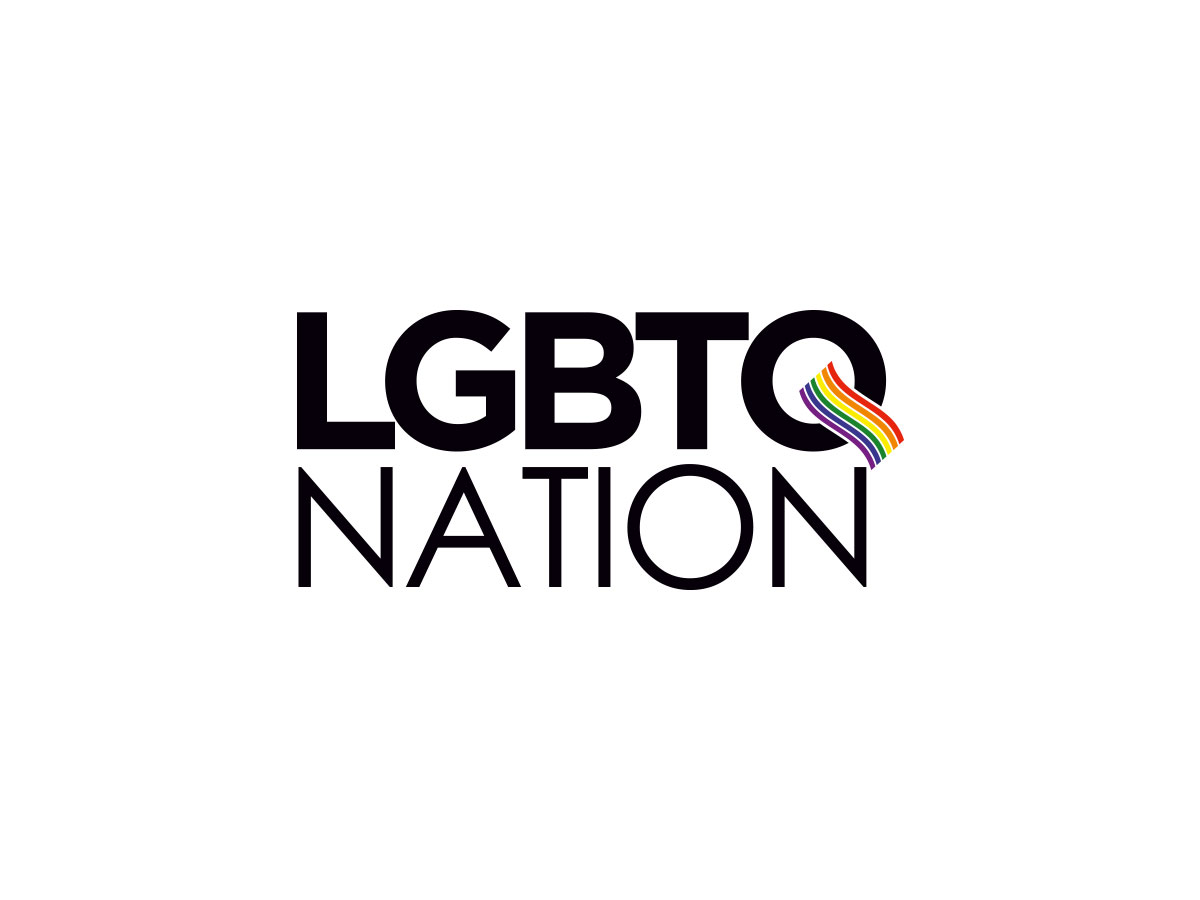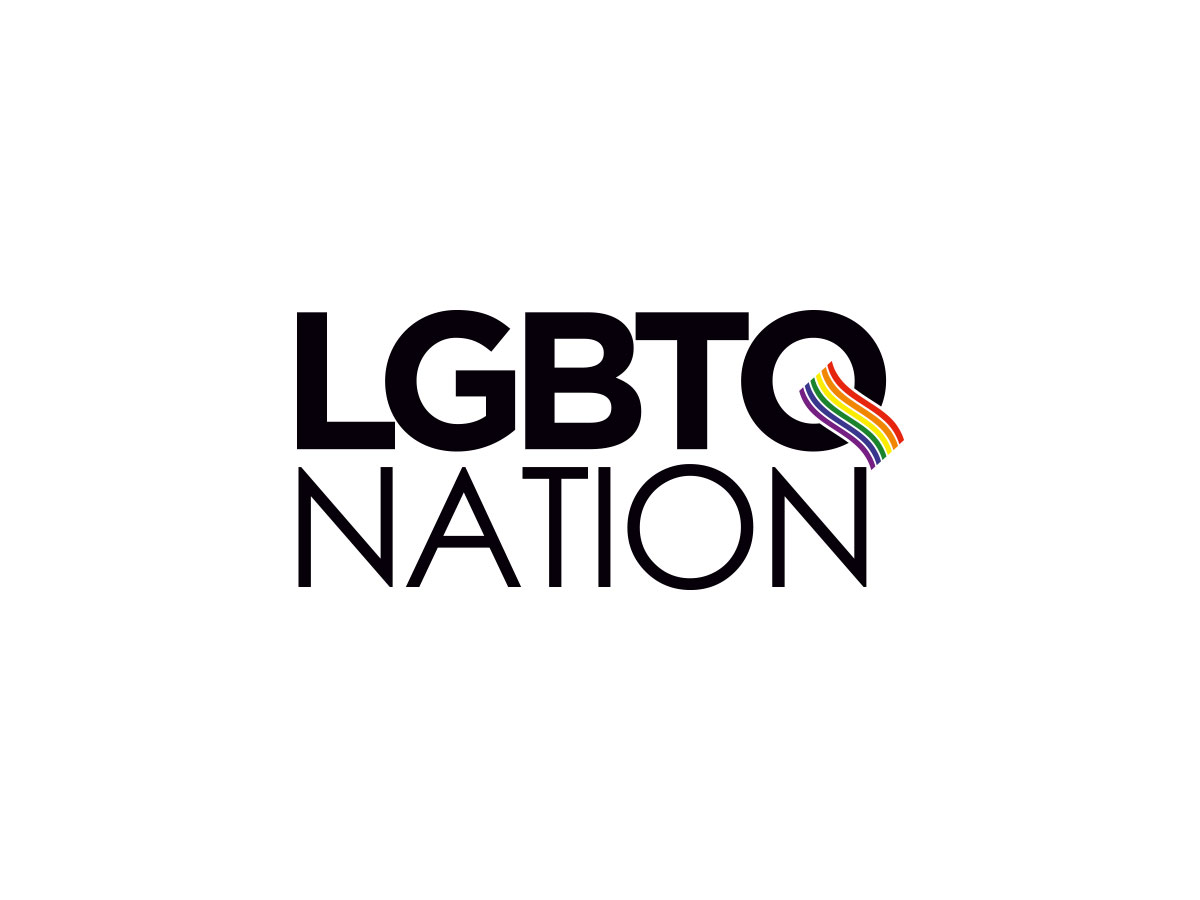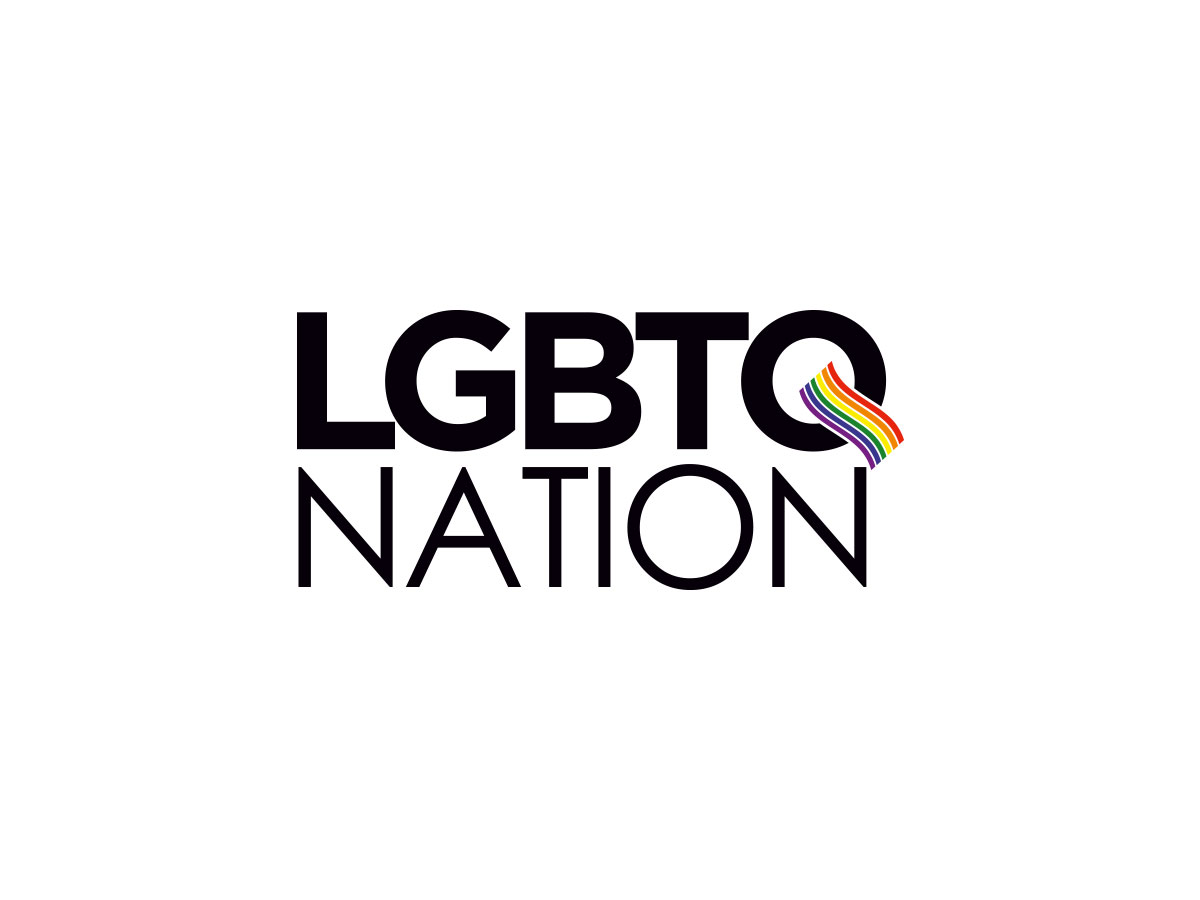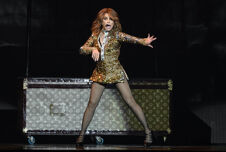
We all want to be remembered –to reach across time and the generations with the simple want of leaving behind a record of a life lived. And the lesbian, gay, bisexual and transgender (LGBT) or queer community is certainly no different.
“There’s something very much legitimizing about having LGBT people and events placed in granite or cast in bronze,” says poet, educator, and LGBT activist Steven Reigns, who brings The Gay Rub to The Cecille R. Hunt Gallery at Webster University Aug. 28-Sept. 18, 2015.
The Gay Rub is a collaborative project created and organized by the Los Angeleno who grew up in St. Louis and showcases a collection of over 100 rubbings from important markers of LGBT history.
“What sparked the idea is I discovered that a few blocks from my home is the first plaque for transgender victims of hate crimes,” explains Reigns. “I was really impressed that it was the first-ever in the world, and I started to wonder what other markers are out there kind of educating and validating the LGBT experience.”
A team of volunteers from across the globe have put black crayon to paper to record signs, tombstones, cenotaphs, plaques and monuments to draw attention to the LGBT events and individuals under-represented or under-appreciated within history.
According to Reigns, the rubbings themselves act as an archive of historic markers, calling attention to what LGBT events and individuals get recolonized or legitimized through public commemoration.
“I wondered, ‘What if all these markers were displayed at once and what would that look like?” Reigns recalls. “Immediately I knew I wanted rubbings as opposed to photographs — I think that photographs rob the kind of tactile nature of a rubbing. I like the idea of people interacting with the marker itself.”
 The St. Louis exhibit includes some Gateway City stories, including openly gay playwright Tennessee Williams and out author William S. Burroughs, interred at Calvary and Bellefontaine Cemeteries, repectively. A special booklet accompanies the exhibition with information on each rubbing displayed.
The St. Louis exhibit includes some Gateway City stories, including openly gay playwright Tennessee Williams and out author William S. Burroughs, interred at Calvary and Bellefontaine Cemeteries, repectively. A special booklet accompanies the exhibition with information on each rubbing displayed.
“I’m thrilled about the St. Louis exhibit, especially to be at this gallery that’s on the campus of Webster,” says Reigns.” I’m excited that Webster University understands the artistic merit of the project, as well as they understand the dialogue and educational component that comes [with it]. I think it’s a great fit for this exhibition to be at an educational institution like Webster.”
“I think this exhibition links to the mission of the gallery and the broader educational mission of the university”, adds Jeff Hughes, Cecille R. Hunt Gallery Director. “Personally, I’m very attracted to relational art, and the fact that this work is participatory, but it also speaks to a broader way of understanding relationships. I think any time that we can sort of find a history that has been lost is one of the ways of making up for the ills of the past, but also making us aware of the contemporariness of it as well. It’s a very timely, timely mission.”
“I think there is a history that has been lost and there’s been a lot of coded language to discuss queer people,” offers Reigns. “Men were confirmed bachelors or single men and women were unkindly called spinsters. I like that this project is bringing attention to these people and the love that they were living.”
The Gay Rub will be an ongoing project and new markers and historical sites to record are being identified every day. Anyone interested in participating in the project can register at Reigns’ website. Who knows, it just might change how you think about the individual or event you are recording.
“I was doing a rubbing for Franklin Pangborn who was a character actor who played the fussy, flamboyant gay man. Quite honestly, I always had a distaste for that character, ” concludes Reigns. “But when doing his rubbing and spending time with the marker (and he’s buried with his family) I started to think about how hard it must have been to be him at that time. Looking back through the lens of today, I see how it’s easy for me to pass judgment. But I thought how difficult it must have been for him to live as a gay man and realize he was the punch line for the jokes he was telling.”
The Gay Rub runs Aug. 28 – Sept. 18, 2015 at The Cecille R. Hunt Gallery at Webster University. A special artist’s lecture featuring Reigns will be held on Friday, Aug. 28 at Sverdrup Room 123 at Webster University from Noon – 1 p.m. and will be followed by an Opening Reception at the Gallery from 6-8 p.m.















